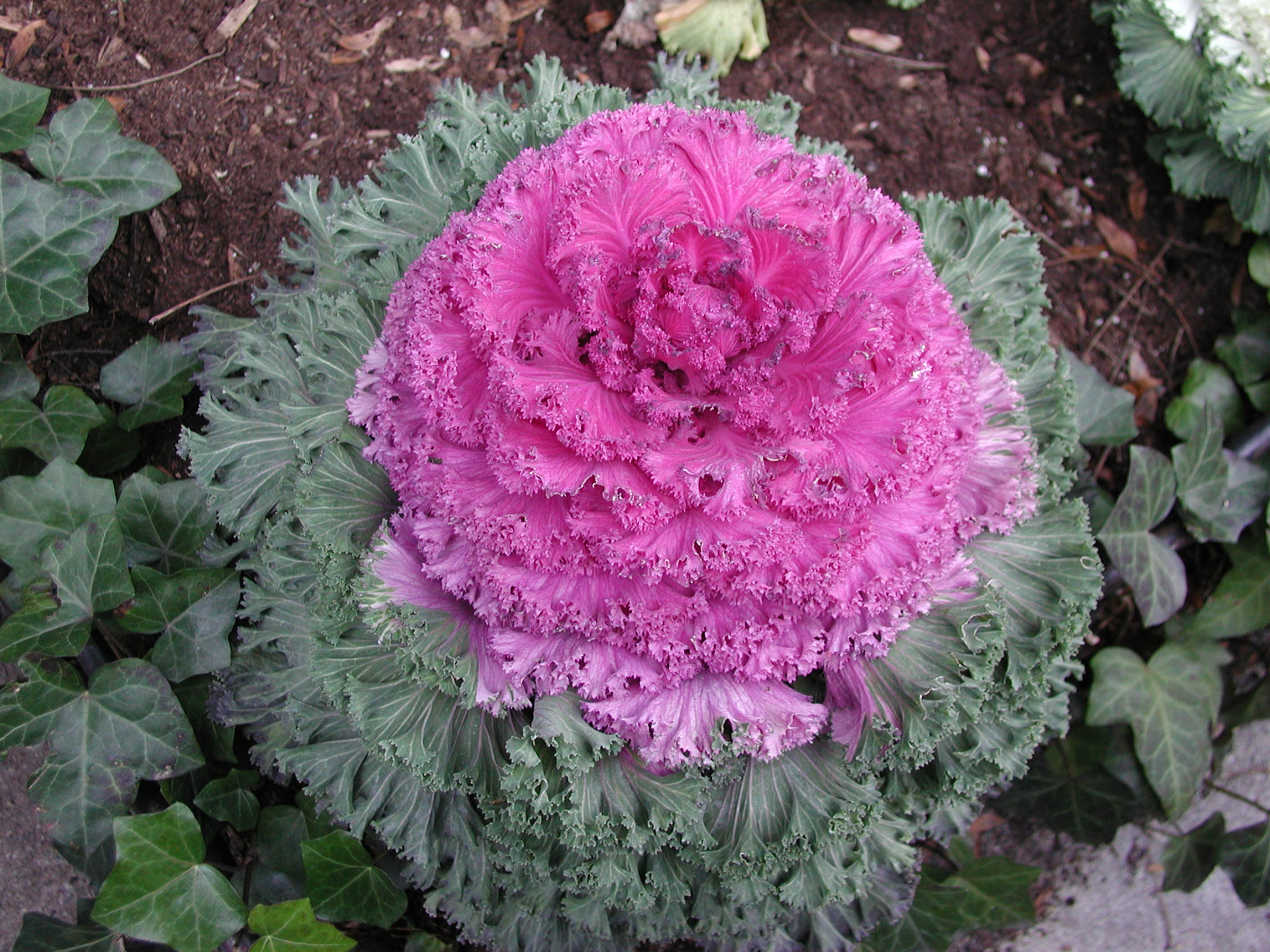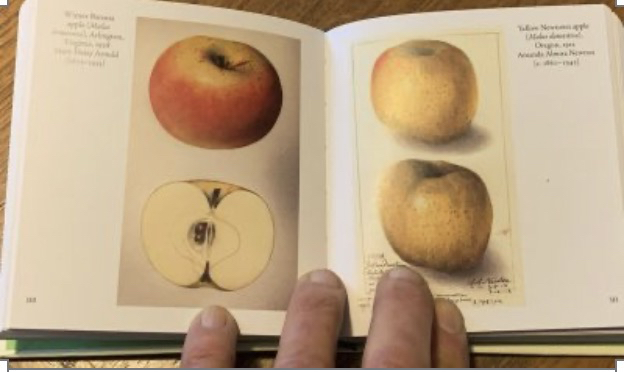APICAL DOMINANCE — WHAT FUN!
/4 Comments/in Flowers, Fruit/by Lee ReichSuppression & Stimulation
“Apical dominance” sounds sadomasochistic, but no reason to shudder: it’s practiced by plants and, even when carried to an extreme, results in something as agreeable as a head of cabbage. True, we gardeners sometimes have a hand in apical dominance, but it’s still just good, clean fun.
Look upon it as hormones gone awry or as hormones doing what they’re supposed to do; either way, apical dominance is the result of a hormone, called auxin (AWK-sin), that is produced in the tips of growing shoots or at the high point of stems. Traveling down inside the stem, auxin sets off a chain of reactions that puts the brakes, to some degree, on growth of side shoots, giving the uppermost growing point (the apical point) of any stem the upper hand in growth.
Side shoots mostly arise from buds along a stem, and whether or not a bud grows out into a shoot depends on how close the bud is to the source of auxin; the closer to the source, the greater the inhibition, how far and to what degree depend on the genetics of the plant. ‘Mammoth Russian’ is a variety of sunflower that grows just as a single stem capped by a large flowering disk; with no side branches at all, this variety demonstrates an extreme example of apical dominance. 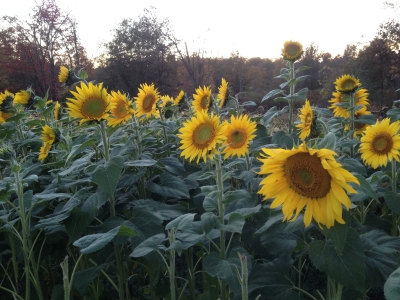 At the other extreme would be one of the shrubby species of willows that keeps sprouting side branches freely all along their growing shoots.
At the other extreme would be one of the shrubby species of willows that keeps sprouting side branches freely all along their growing shoots.
Even within a single species of plants, individuals vary in their tendency to express apical dominance. A fuchsia variety Read more
A FLOWER (PERHAPS EDIBLE) NOW AT ITS BEST
/4 Comments/in Gardening/by Lee ReichA Flower? Not
The same cold weather that has killed most herbaceous plants, or at least battered them ragged, has also brought out the color in flowering kale. Of course, the color is not really that of a flower, but that of a whorl of leaves — glaucous green or purple on the outside of the rosette and becoming more intensely white, pink, or red towards the center. Some varieties are even more ornate, with fringed leaves.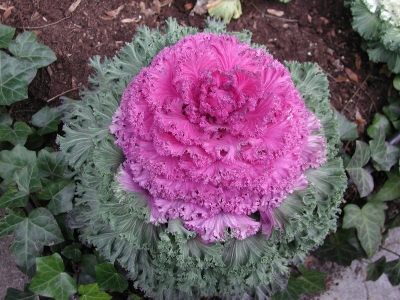
About this time each year, I make a mental note to plant seeds of flowering kale next season. But I always eventually forget to do it. For the past few weeks, though, I’ve been admiring a planting of flowering kale that has inspired me now to write myself a note about next year’s planting.
My source of inspiration can hardly be called a planting. It’s not a bed full of flowering kale, splashing color all over the place. Nor is it a single file of plants, lining and grabbing attention from a path. Read more
GREAT GIFT IDEAS: BOOKS (NOT ALL JUST) FOR GARDENERS
/2 Comments/in Books, Gardening/by Lee ReichFishing, Gardening
“Give a man a fish, and you feed him for a day. Teach a man to fish, and you feed him for a lifetime.” How true, also in gardening. Not to mention the emotional and intellectual gratification, the “companionship with gently growing things . . . [and] exercise which soothes the spirit and develops the deltoid muscles” (C. D. Warner, 1870).
Let’s take teaching the man — or woman — to fish one step further, gardenwise. Lot’s of people wow others with the expertise they have allegedly accrued as evidenced from the mere fact that they’ve spent a number of years, perhaps decades, with their hands in the dirt. I roll my eyes. Flowering plants originated at least 130 million years ago, which is plenty of time to let the trial and error of evolution teach them to grow. Tuck a seed into the ground and it will probably grow.
Better gardening comes from having some understanding of what’s going on beneath the ground and up in the plant. This comes from growing and observing a variety of plants growing in a variety of soils and climates — which is more than is possible in a lifetime.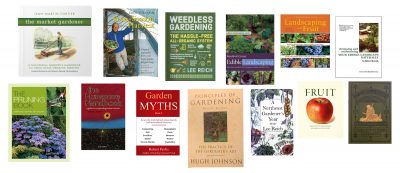
There’s a shortcut: books, a nice adjunct to getting your hands in the dirt. All of which is a roundabout way of my offering recommendations for books about gardening. The right book is also a great gift idea.


